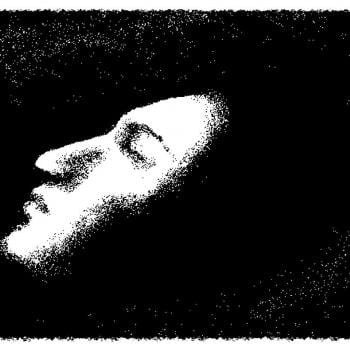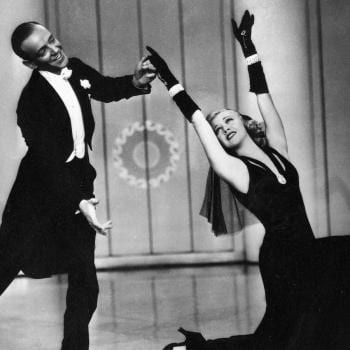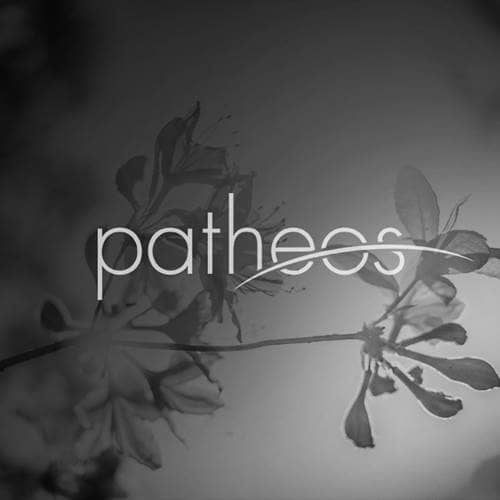- Trending:
- Pope Leo Xiv
- |
- Israel
- |
- Trump
- |
- Social Justice
- |
- Peace
- |
- Love

RELIGION LIBRARY
Zen
Human Nature and the Purpose of Existence
The key to understanding human nature in Zen teachings is the concept of Buddha-nature. The discourse about Buddha-nature developed within the Buddhist tradition because of a seeming contradiction between the doctrine of no-self, or anatman, and the potential of an individual to attain enlightenment. Even in the early texts, which explain that the key to enlightenment is the realization that there is no separate, permanent self, the Buddha talked about self-mastery, conquering the self, etc. In addition, there was a concern that the doctrine of no-self was being perceived as nihilistic, because it seemed to some that the dissolution of self led only to oblivion.
The subject of the nature of the self was debated by Yogacara and Madhyamika scholars, and also addressed by Mahayana scriptures. To oversimplify a very complex debate, some argued that within each person was an intrinsic essence of Buddha-nature, some argued that there is no such material essence, some that it both exists and does not exist, and some argued that the illusion of separation between self and Buddha-nature persisted only until the moment of enlightenment.
Rising from this debate, an interpretation emerged that there were two realities—one absolute and one relative. The absolute was pure, the relative corrupt, and one must clear away the relative in order to realize the pure absolute. Others argued that there is nothing to attain, as attainment is an illusory form of separation between absolute and relative, whereas in actuality, literally everything that exists has Buddha-nature. Still others would expand the absolute/relative dichotomy to include the theory that both are potentially pure, the absolute being the embodiment of pure wisdom, and the relative the embodiment of pure compassion, which motivates the self to aspire to enlightenment for the sake of all living beings.
Chan/Zen has no single response to this debate. Shenxiu's poem in the Huineng story supported the idea of the purity of the absolute, with the image of cleansing the mirror of the self of impurities to reveal a pure mind of Buddhahood. Huineng's response was that neither mirror nor mind exists; there is nothing to attain, as one is already there. While Huineng's interpretation is arguably more "Zen," both theories have continued to shape the tradition in a variety of ways.
Some Zen schools advocate silent meditation practice, or zazen, and others do not, at least in theory. The practice of zazen is, for some, a process of cleansing the mind of obstructions in order to reveal one's essential Buddha-nature. For others, it is an enactment of the emptiness of self that is at the same time a realization or experience of Buddha-nature.
The purpose of existence for the follower of Zen is simply to live an ordinary life, but with mindfulness. The fact that Huineng was put to work chopping wood and threshing rice when he arrived at the monastery, and yet was deemed the student with the greatest understanding of the master's teachings, supports this aspect of Zen. Numerous Zen sayings reinforce this practice, such as "No work, no food" or "Nothing special." One oft-repeated story relates a question asked of a master: "What did you do before you became enlightened?" The response, "Chop wood, carry water." "What did you do after you became enlightened?" "Chop wood, carry water."
For most of us, everyday actions are done habitually, without thinking. According to Zen, this lack of attention is evidence of a separation between the individual and the world around him or her. One is often looking ahead to what will happen next or looking back to what happened in the past, instead of experiencing the present moment. Mindful attention to everyday tasks provides an awareness of the present moment, and the opportunity to recognize the Buddha-nature within both self and other.
A final note: one element of Zen that is not usually linked to theories of human nature, but that carries an implicit understanding about it, is the tradition of shock treatment. The Zen tradition is full of stories of teachers bullying pupils, including beatings and even mutilations. These are mirrored in Zen's monastic training practices, which include regular strikes with the keisaku (alt. kyosaku), or "encouragement stick." These punishments are intended to shock the recipient into or toward enlightenment, and enlightenment is often the outcome in the Zen stories.
While Zen scriptures do not state that human nature is evil, the popularity of these stories and the practice of "encouraging" students with physical blows suggest an assumption about human nature. There is an implication here that there is something within human nature, or at least within the nature of some people, that is so stubborn, so unyielding, so undisciplined, that it must be beaten out of them.
Study Questions:
1. What are the major conflicting views of the nature of the self?
2. Why might Zen be viewed as a form of nihilism?
3. What is zazen?
4. What does Zen teach about ordinary life? What does it mean to be mindful within ordinary life?
5. What does “shock treatment” reveal about the nature of human existence?










